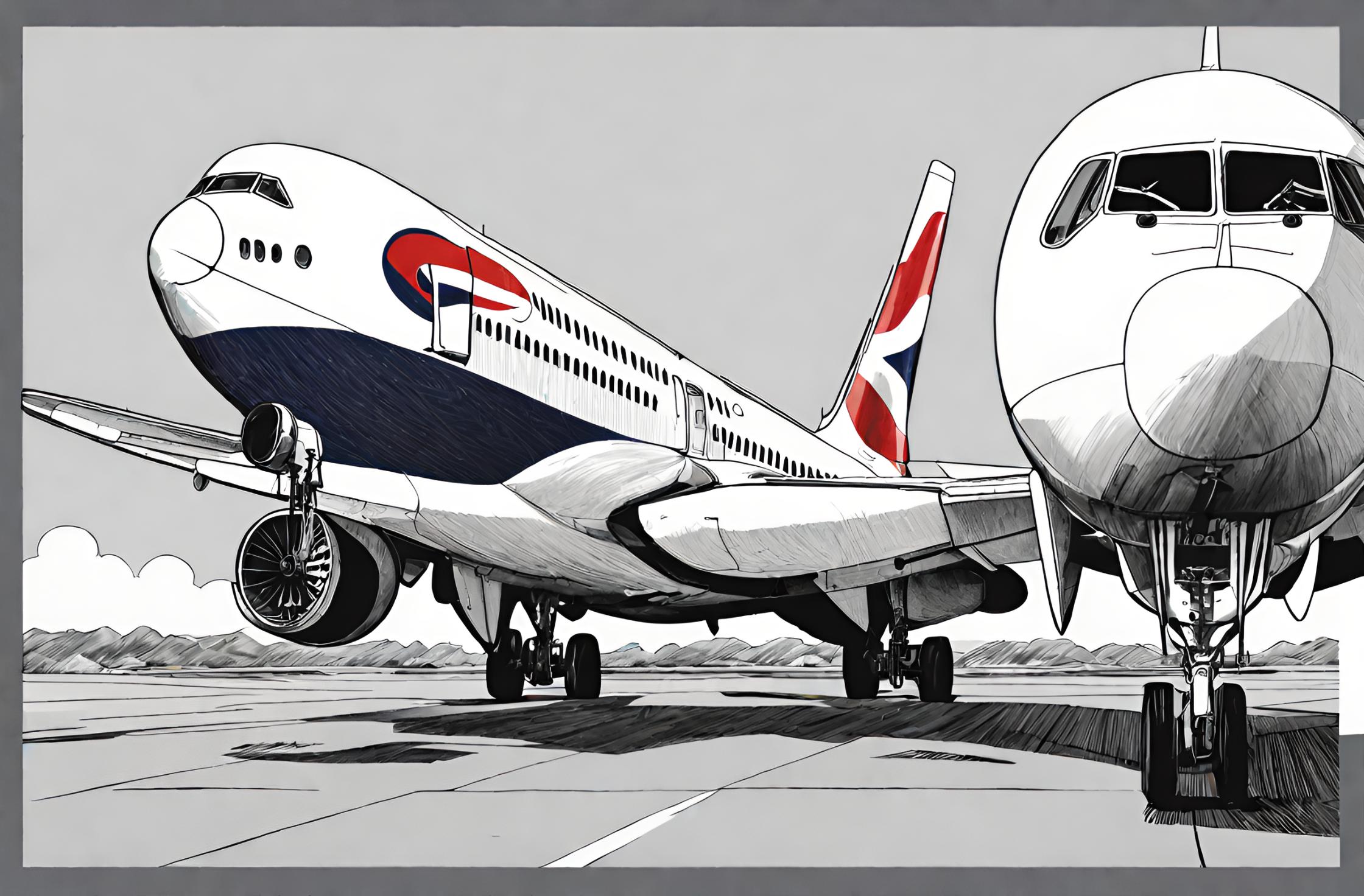Flashback to April 8
World History

2003
General elections in the Netherlands: Christian Democrats 44, Labour 42, of 150 seats total.
Read moreOn January 22, 2003, the Netherlands held its general elections, which saw the Christian Democrats emerge as the largest party with 44 seats, closely followed by the Labour party with 42 seats. With a total of 150 seats up for grabs, these results had a significant impact on the political landscape of the country.
The general elections in the Netherlands are held every four years and play a crucial role in determining the composition of the country’s parliament, known as the Tweede Kamer. The Tweede Kamer is responsible for passing laws, overseeing the government, and representing the interests of the Dutch people.
In the 2003 elections, the Christian Democrats, led by Jan Peter Balkenende, secured the most seats, making them the largest party in parliament. This electoral victory marked a turning point for the Christian Democrats, as they had experienced a decline in support in the previous elections. The party’s focus on family values, social cohesion, and economic stability resonated with a significant portion of the Dutch electorate.
While the Christian Democrats emerged as the largest party, they did not secure an absolute majority in the Tweede Kamer. This meant that they needed to form a coalition government with one or more parties to reach the majority required for policy-making and governance. The Labour party, led by Wouter Bos, became a significant player in the coalition negotiations, as their 42 seats made them a valuable potential partner for the Christian Democrats.
The results of the 2003 elections reflected the dynamic nature of Dutch politics, where coalition governments are the norm rather than the exception. This is due to the proportional representation system employed in the Netherlands, which allows for more diverse representation in parliament but often requires parties to work together to form stable governments.
The Netherlands’ political landscape is known for its multiparty system, with several parties holding seats in parliament. The general elections in 2003 saw other notable parties secure seats, including the Liberal Party (VVD) with 28 seats, the Socialist Party (SP) with 9 seats, and the GreenLeft party (GL) with 8 seats.
These results showcased the diversity of political viewpoints within the Dutch electorate. While the Christian Democrats and the Labour party emerged as the leading parties, the presence of other parties with substantial representation highlighted the necessity for political cooperation and compromise in the formation of a coalition government.
Following the elections, negotiations between the Christian Democrats and the Labour party began in earnest to form a coalition government. This process involved discussions on policy priorities, ministerial positions, and the allocation of resources. The resulting coalition, known as the Balkenende II cabinet, consisted of the Christian Democrats, Labour party, and the liberal party.
The Christian Democrats held the prime ministerial position, with Jan Peter Balkenende serving as the country’s leader. This coalition government oversaw significant policy initiatives, including tax reforms, healthcare improvements, and education reforms. However, it faced challenges as different parties within the coalition had varying policy positions and priorities.
The 2003 general elections in the Netherlands shaped the political landscape of the country for the following years. The Christian Democrats’ victory and subsequent coalition with the Labour party showcased the importance of collaboration and compromise in Dutch politics. The diversity of parties represented in parliament reflected the pluralism of Dutch society and the need to find common ground to address the challenges facing the country.
Overall, the 2003 general elections in the Netherlands marked a pivotal moment in the country’s political history. It highlighted the significance of coalition governments and demonstrated the willingness of parties to work together for the greater good. The Christian Democrats’ victory and subsequent coalition with the Labour party set the stage for important policy reforms and proved the resilience of Dutch democracy.
We strive for accuracy. If you see something that doesn't look right, click here to contact us!
Sponsored Content

British Airways and Spanish…
British Airways and Iberia…

King Birendra of Nepal…
On April 8, 1990,…

Steamers collide in the…
On April 8, 1912,…

Israel premier Yitzhak Rabin…
On April 8, 1977,…

Duke Karel Leopold of…
Duke Karel Leopold of…

Indian Independence Movement
At the Delhi Central…

